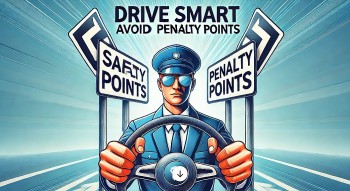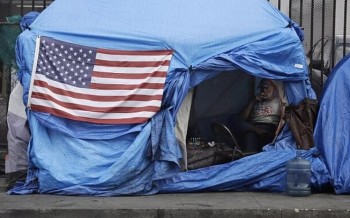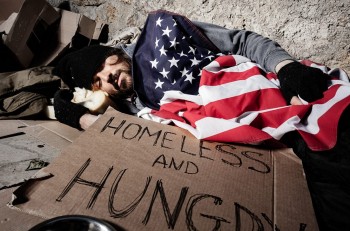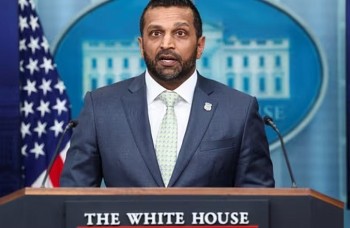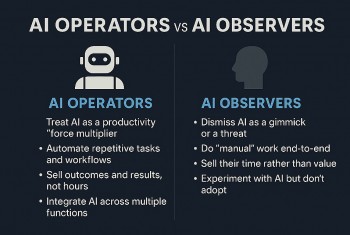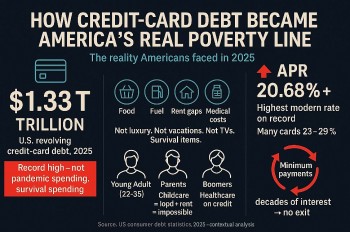Fact Check: Did Donald Trump Raise the Legal Drinking Age to 25?
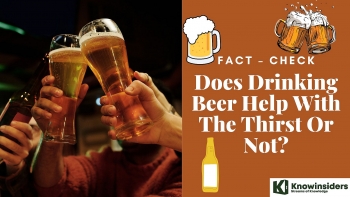 Fact Check: Drinking Beer to Cool Down in Summer Fact Check: Drinking Beer to Cool Down in Summer |
 What Is BORG Drinking, How Much Alcohol and Impacts On Youth’s Health What Is BORG Drinking, How Much Alcohol and Impacts On Youth’s Health |
 |
| Viral claims suggest President Donald Trump raised the U.S. legal drinking age to 25 |
Facts
In recent weeks, social media platforms—including TikTok, Facebook, and X—have been flooded with posts asserting that Donald Trump, the 78-year-old former president and a known teetotaler, has raised the national legal drinking age to 25.
These claims have been shared widely, generating millions of views and prompting confusion among younger users. However, there is no legal basis to these rumors.
The legal drinking age in the United States remains 21, unchanged since the enactment of the National Minimum Drinking Age Act of 1984. The law does not prohibit states from setting their own drinking laws, but it uses federal highway funding as leverage: any state that allows alcohol purchases by individuals under 21 risks losing a portion of its federal highway funds. As a result, all 50 states adopted the 21-year-old minimum by 1988.
There is no evidence—in legislative records, presidential announcements, or executive actions—that Donald Trump has attempted to raise the drinking age to 25. A search through official databases, including Congress.gov, the Federal Register, and archived materials from the White House and National Archives, shows no proposal, bill, or policy under Trump's presidency that would alter the legal drinking age. No official Trump campaign statement, Truth Social post, or public speech addresses this issue either.
Read more: What is the Drunkest Country in the World?
History
Before 1984, the legal drinking age varied widely across the country. After Prohibition ended in 1933, states were free to set their own alcohol laws. Most chose a minimum drinking age of 21, though enforcement was often lax. That changed in the 1970s, following the ratification of the 26th Amendment in 1971, which lowered the voting age to 18. In response, many states reduced their drinking ages to 18, 19, or 20.
This led to a surge in alcohol-related traffic accidents, especially among young drivers. By the early 1980s, public concern over drunk driving—fueled by advocacy groups like Mothers Against Drunk Driving (MADD)—pushed Congress to act. The result was the National Minimum Drinking Age Act of 1984, which effectively standardized the age at 21 across the nation.
Since then, the drinking age has not changed. While there have been occasional attempts to lower it—such as a 2019 bill in New Hampshire that sought to allow drinking at age 20 in private settings—no state has successfully altered the 21-year threshold, and there has been no serious legislative movement to increase it to 25.
Conclusion
The claim that Donald Trump raised the legal drinking age to 25 is false. No such policy exists, and no federal or state legislation has proposed this change. The legal minimum drinking age remains 21, as it has for over four decades. Viral social media posts suggesting otherwise are misleading or outright fabricated.
For fact-based updates on U.S. law and policy, consult trusted sources like Congress.gov, CDC.gov, or official state government websites—not viral TikTok videos.










